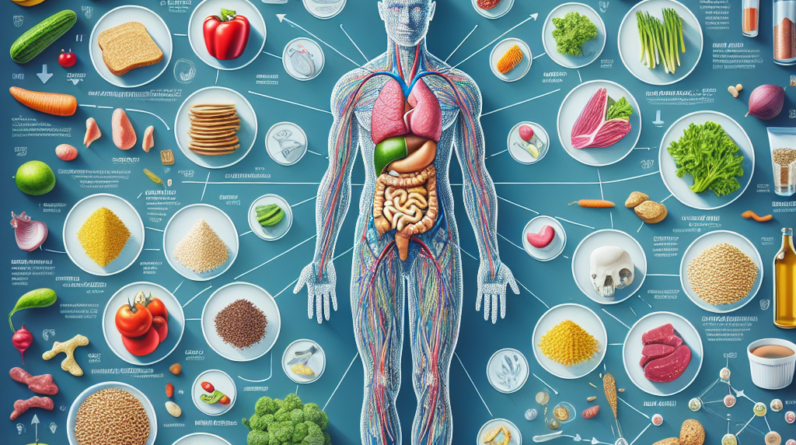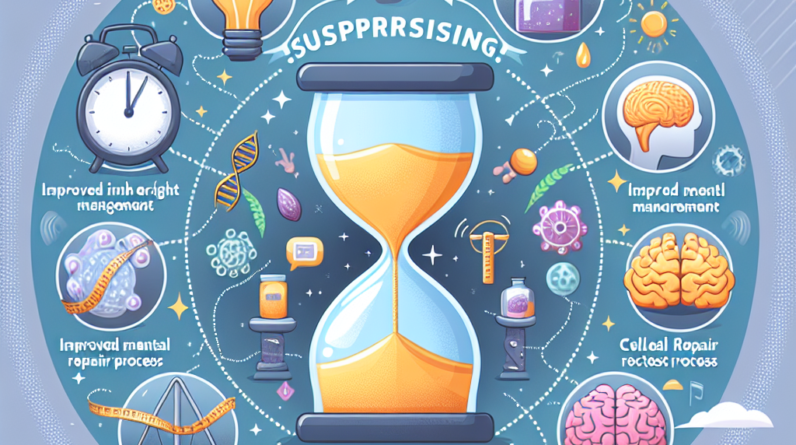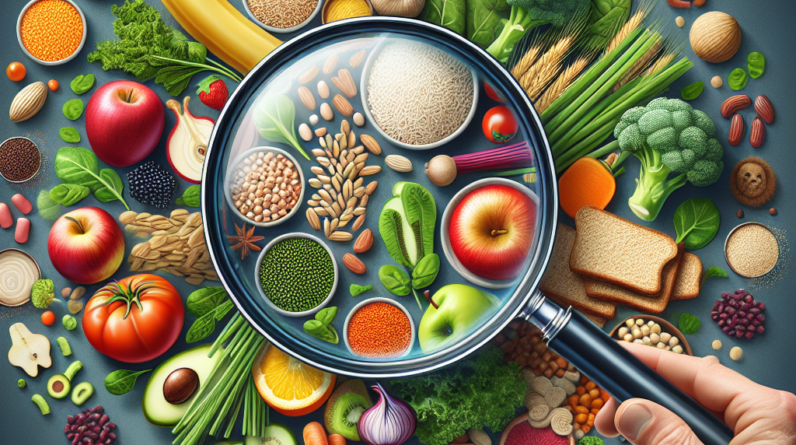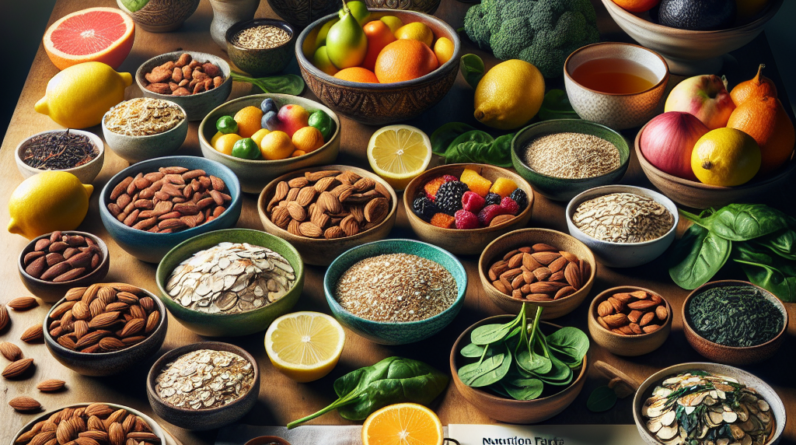
Understanding Nutrient Density
What is Nutrient Density?
When I first stumbled upon the term nutrient density, I was a bit confused. But it’s pretty straightforward! Nutrient density refers to how many essential nutrients you get from a food relative to its calorie content. Think of it as getting the most bang for your buck in terms of nutrition. Foods that are nutrient-dense provide a lot of vitamins and minerals, without excessive calories. This means you can eat smaller portions but still feel satisfied and healthy.
Get a Huge Discount and Bonus! Try for 90 Days Risk Free
For example, a cup of spinach is packed with vitamins A, C, K, and multiple B vitamins, but it’s super low in calories. Compared to a cup of potato chips, which is high in calories but low in beneficial nutrients, you can see why focusing on nutrient density is essential for maintaining a balanced diet.
In my personal journey, I realized that by choosing more nutrient-dense foods, I not only felt better physically, but mentally as well. The clarity and energy boost are noticeably different!
Why is Nutrient Density Important?
Nutrient density is crucial because it helps us meet our daily nutritional needs, which in turn supports overall health and wellness. If you’re like me and lead a busy lifestyle, it’s easy to grab quick, unhealthy options. But those low-nutrient foods add up over time in the wrong way! By prioritizing nutrient-dense foods, we can lower our risk of chronic diseases, support our immune system, and maintain a healthy weight.
Additionally, filling up on nutrient-dense foods fosters lasting energy levels. Instead of riding the ups and downs of sugar-laden snacks, nutrient-dense options provide sustained energy throughout the day. I’ve found that when my meals are centered around these types of foods, my energy and productivity skyrocket.
It’s also about setting a good example. When we commit to nutrient density, we encourage family and friends to do the same, fostering a healthier environment all around.
What Foods Are Nutrient-Dense?
The goodies in the nutrient-dense category are rich in vitamins and minerals. Think colorful fruits and veggies, whole grains, lean proteins, nuts, and seeds. One of my go-to meals is a colorful quinoa salad loaded with greens, bell peppers, and chickpeas. Each ingredient packs its own nutritional punch!
Fruits like blueberries, avocados, and oranges are superstar nutrient-dense options. As for veggies, leafy greens like kale and broccoli are excellent choices. They provide tons of nutrients while keeping you full and satisfied.
I like to experiment in the kitchen with different combinations of these nutrient-dense foods. Not only do they taste great, but they also help me feel my best. Exploring new recipes helps keep my diet exciting!
Get a Huge Discount and Bonus! Try for 90 Days Risk Free
Portion Control in Nutrient-Dense Eating
Understanding Portions
Now that we know what nutrient-dense foods are, let’s talk about portion control. Honestly, this was a challenging concept for me at first. I grew up thinking that more food equals more energy. But with nutrient-density in mind, I discovered that it’s not about the quantity, but the quality of what’s on your plate.
When focusing on whole, nutrient-dense foods, your body naturally learns to listen to hunger cues. I found that when I ate foods that nourished my body, I was less inclined to snack mindlessly. It’s amazing how a luscious homemade salad could fill me up better than chips could!
Measuring portions can be helpful. I like using my plate as a guide; half should be fruits and veggies, a quarter for whole grains, and a quarter for lean proteins. Simple yet effective!
Listening to Your Body
Part of adopting a nutrient-dense diet is learning to tune into your body. It sounds a bit woo-woo, but seriously, listen to it! Are you hungry, or just bored? I’ve had my moments of mindless snacking while watching a show – guilty as charged!
Need a Serious Energy BOOST? Huge Discount Try for 90 Days Risk Free
Using mindful eating practices can make a world of difference. Savor each bite, enjoy your food, and take time to notice how it makes you feel. A newer habit I’ve adopted is placing my fork down between bites, really allowing myself to appreciate my meal – it makes a difference!
The more you practice tuning in, the more you’ll start to crave nutrient-dense foods that fuel your body instead of empty calories that leave you feeling sluggish.
Balanced Meals Are Key
When preparing my meals, I aim for balance. That means combining healthy fats, carbohydrates, and proteins in every meal. This not only ensures that I am getting a variety of nutrients, but I also feel satisfied for longer periods. Everybody loves that “I’m full” feeling after a good meal, right?
Good Health Solution is Easier Than Most People Think!
Take a Look for Yourself!
I’ve found my perfect breakfast includes oats topped with seeds and fresh fruit. It’s a bowl of whole food goodness! Lunch often looks like a veggie-packed stir-fry with whole grains and lean proteins – talk about filling and delicious!
Balancing meals allows me to maintain energy and stay focused throughout my day, and that leads me back to my point on productivity. When you feel good, you perform better in whatever you’re doing!
Making Sustainable Choices
Procuring Quality Food
Making sure you’re getting quality nutrient-dense food is key to a sustainable diet. I like to shop local when I can, opting for farmer’s markets where I can pick fresh produce. It’s not just about the nutrients; there’s something special about supporting local farmers, too.
Reading labels and understanding what’s actually in your food is crucial. A little education goes a long way! I’ve learned to seek out whole ingredients without hidden sugars or artificial additives. That’s where the real nutrient density lives!
Remember, it’s not about perfection. Even small changes can lead to big impacts. Incorporate one local and seasonal item into your meals this week and build from there!
Planning Ahead
For busy folks like me, planning is essential. I set aside a couple of hours each week to meal prep. It doesn’t have to be glamorous – just chopping veggies and cooking some grains makes it easy during the week.
Having nutrient-dense options ready to go makes a world of difference when life gets hectic. Instead of reaching for unhealthy snacks, I grab my prepped meals. I can’t tell you how much time this saves!
Making lists and sticking to them when I grocery shop ensures I stay on track with my nutrient-dense goals. Plus, it helps me avoid those impulse buys that always seem to sneak into the cart!
Mindset Around Food
Finally, adopting a positive mindset around food is crucial. For a long time, I viewed food strictly in terms of calories and restrictions. That kind of approach can lead to frustration and guilt. Now, my focus is on nourishment and enjoyment!
Embracing the joy of colorful, vibrant meals has been liberating. Prepare your meals as if they’re an art form. Get creative with presentation; it makes eating a delightful experience rather than a chore!
There’s no such thing as a bad food; it’s about balance, moderation, and enjoying what you eat while prioritizing nutrient-dense options. Changing my perspective around food has completely transformed how I view meals!
FAQ
What is nutrient density?
Nutrient density refers to the amount of essential nutrients provided by a food in relation to its calorie content. Foods that are high in nutrient density offer lots of vitamins and minerals without excessive calories.
Why is a nutrient-dense diet important?
A nutrient-dense diet is essential for maintaining overall health, preventing chronic diseases, and ensuring that your body gets the nourishment it needs to function optimally.
Can you give examples of nutrient-dense foods?
Sure! Foods like leafy greens, berries, nuts, seeds, whole grains, and lean proteins are all excellent examples of nutrient-dense options.
How do I control portions with nutrient-dense foods?
Portion control can be achieved by focusing on the quality of food rather than quantity. Try filling half your plate with fruits and veggies, and learning to listen to your body’s hunger signals.
How can I make my diet more sustainable?
Sustainable eating can include shopping for local produce, being mindful of ingredient quality, meal prepping for the week, and maintaining a positive mindset around food!







